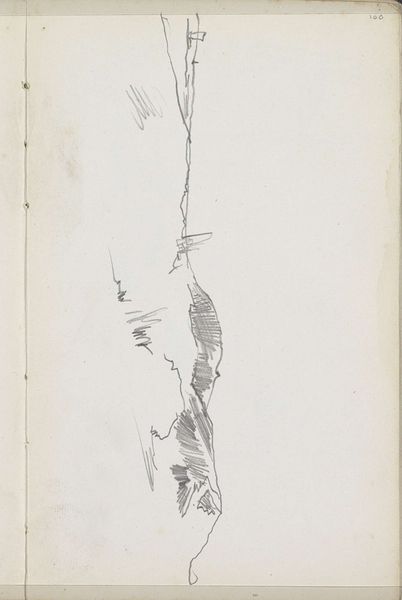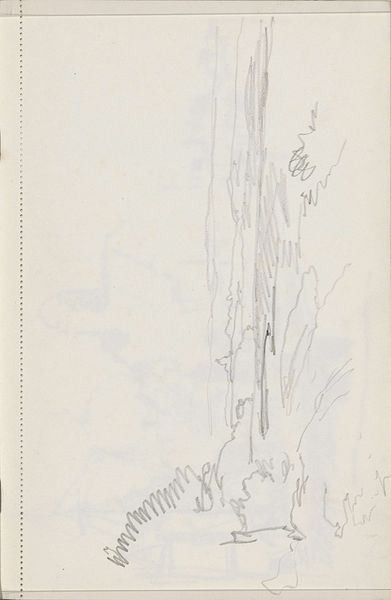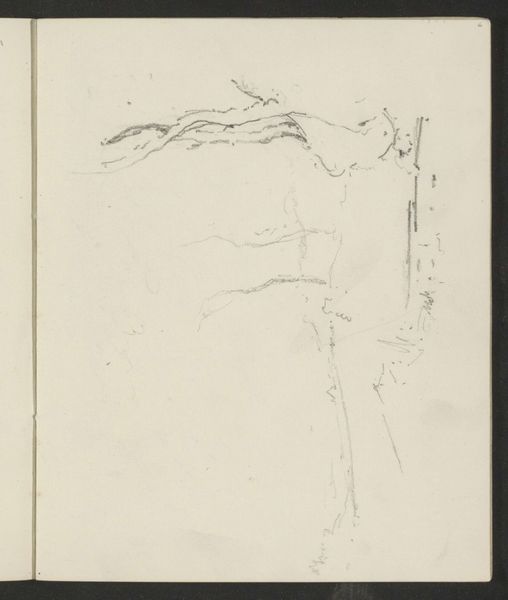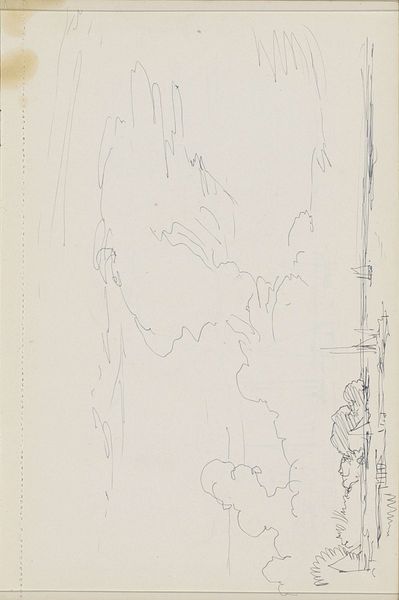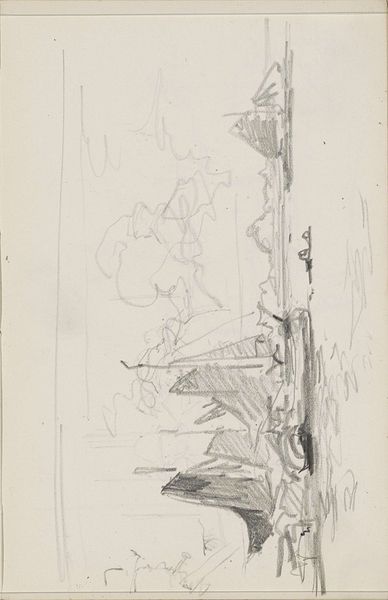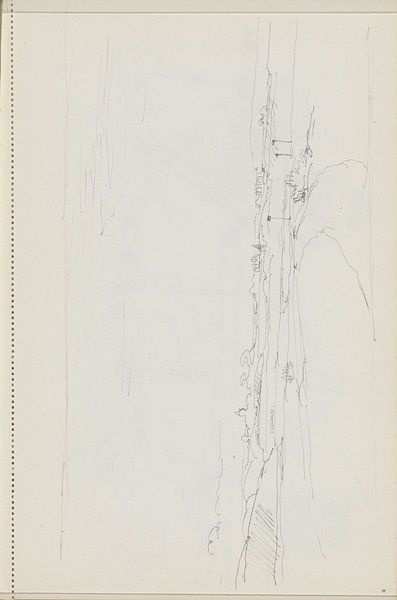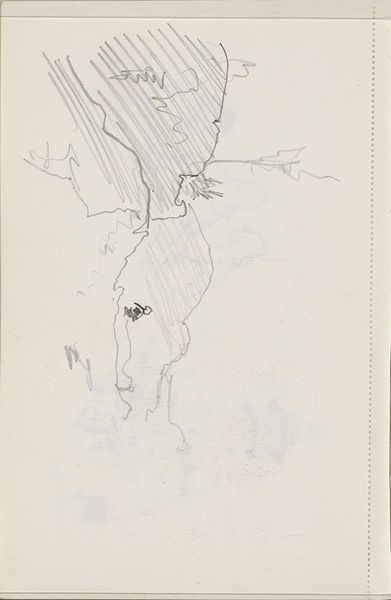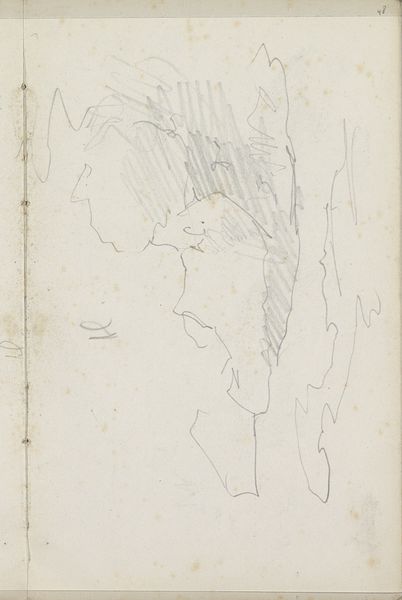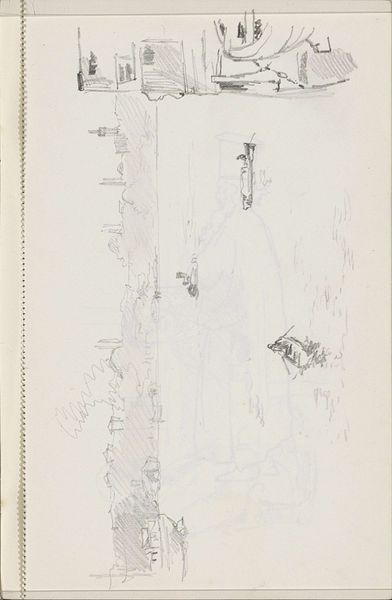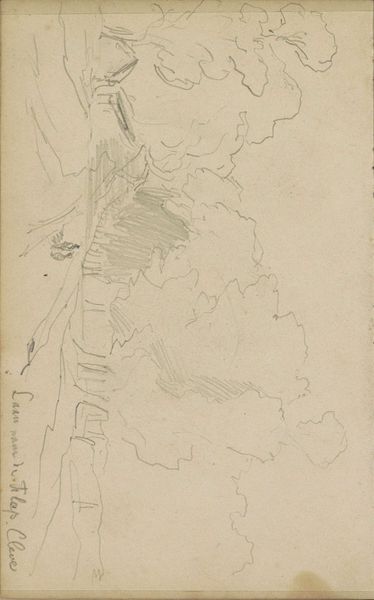
drawing, paper, pencil
#
drawing
#
landscape
#
paper
#
pencil
#
line
Copyright: Rijks Museum: Open Domain
Editor: Here we have George Hendrik Breitner’s 1917 pencil drawing, "Boom," or "Tree" in English, housed at the Rijksmuseum. It’s a really sparse, almost skeletal sketch on paper, with just a few lines describing the bare essence of a tree. What strikes me most is the sheer… vulnerability of it. What stands out to you in this work? Curator: It’s a perceptive observation. Think about the context in which this drawing was made - 1917, toward the end of World War I. There was rationing, widespread social upheaval, and a sense of impending doom across Europe, especially impacting those living in urban areas like Breitner in Amsterdam. Does knowing that perhaps change how you view this… "vulnerable" tree? Editor: It does. I hadn’t thought about it that way, but knowing the historical context makes it seem less like a simple landscape and more like a reflection of the instability and scarcity of the time. But still, it feels different from propaganda or overt political art. Curator: Exactly. It's not overtly political. Yet, it's through these subtle renderings of the everyday, that Breitner's commentary exists. Breitner wasn't creating heroic landscapes; instead, he captured the city's unglamorous side – construction sites, working-class people, and now, seemingly barren trees. What public function does art have if not to hold a mirror up to its world? Editor: So the "vulnerability" I initially perceived becomes more like a quiet resistance, an assertion of life and observation in the face of bleak times. I like that a lot. Curator: Indeed. Breitner invites us to find meaning in the mundane, particularly poignant considering the context. It serves as a potent reminder of art's capacity to act as a historical record. Editor: I’ll definitely remember to consider the cultural climate surrounding an artwork more often. It seems so obvious now, but I appreciate how you brought the history to life.
Comments
No comments
Be the first to comment and join the conversation on the ultimate creative platform.
